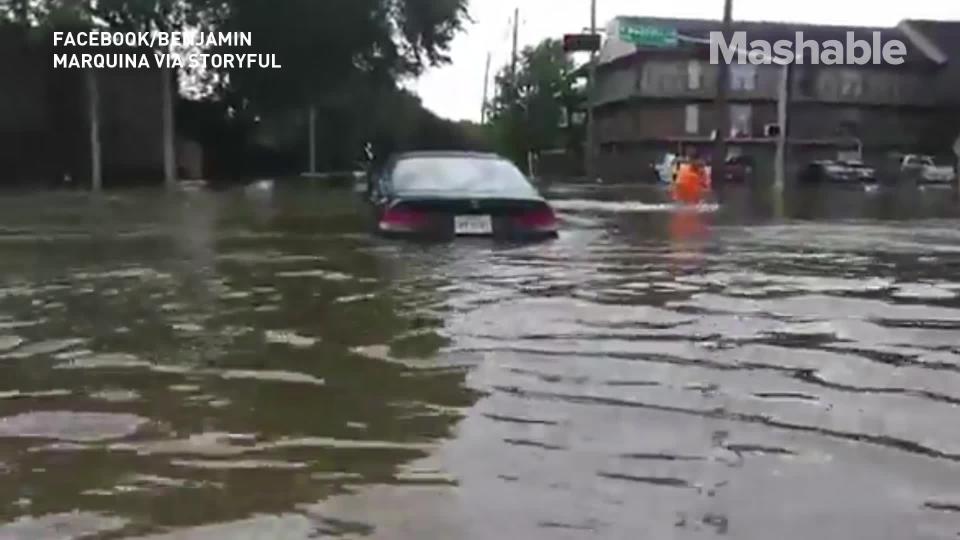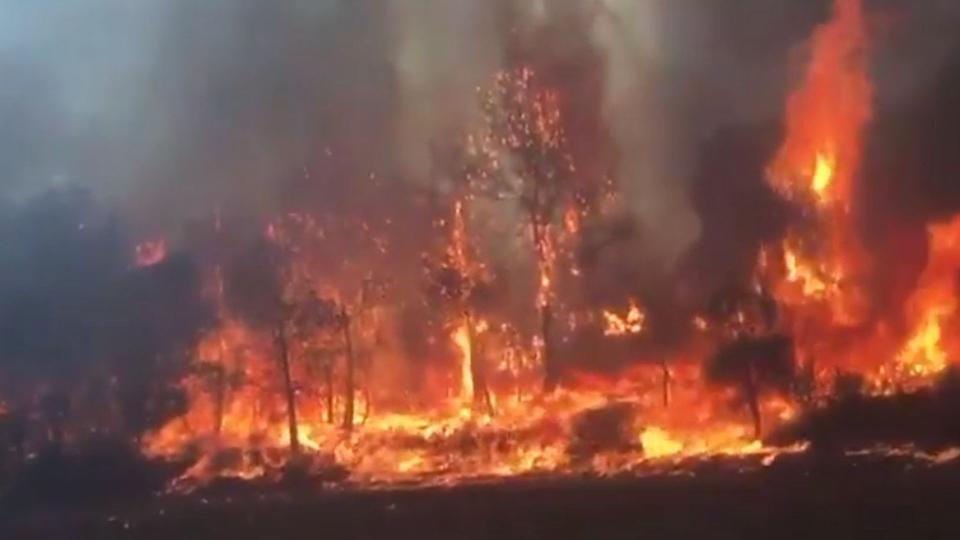Tropical Storm Harvey has dumped more than 19 trillion gallons of water on Texas, and counting


Tropical Storm Harvey has dropped more than 15 trillion gallons of water on Texas, triggering catastrophic, unprecedented flooding in the Houston area. The rains have broken all-time records, exceeding the rainfall totals seen during Tropical Storm Allison in 2001.
There may be no parallel available to any other rainstorm in U.S. history, based on the number of people affected, amount of water involved, and other factors, meteorologists have warned.
Due to its wide geographic scope across America's 4th-largest city, the ensuing flood disaster may rank as one of the most, if not the most, expensive natural disaster in U.S. history.
SEE ALSO: Hurricane Harvey: A weather geek's live blog
According to Ryan Maue, a meteorologist at WeatherBell, a private forecasting firm, there is still up to 4 trillion gallons more rain likely to fall in the state, based on forecasts from the National Weather Service (NWS).
The Weather Service office in Houston reported just over 2 feet of rain in 24 hours between 7 a.m. Saturday and 7 a.m. Sunday morning, causing August to become the wettest month on record there. Forecast totals call for isolated rainfall amounts of up to 50 inches before Harvey finally releases its grip on the Lone Star state late this week. If this comes to fruition, it would be the greatest rainfall totals from a tropical storm or hurricane in U.S. history.
New Orleans saw 16.07 inches of rain on August 27, making it to the wettest day of any day in city history.
Maue estimates that a total of around 21 trillion gallons may be the final statewide rainfall total for Harvey, which is such a unique storm due to its slow-moving nature that the NWS has nearly run out of superlatives describing it.
This event is unprecedented & all impacts are unknown & beyond anything experienced. Follow orders from officials to ensure safety. #Harvey pic.twitter.com/IjpWLey1h8
— NWS (@NWS) August 27, 2017
— NWS WPC (@NWSWPC) August 27, 2017
According to a tweet the NWS sent, "this event is unprecedented & all impacts are unknown & beyond anything experienced."
With more rain to come, and rivers still rising to expected record-shattering crests early this week, the disaster continues to unfold.
According to the Capital Weather Gang blog, 9 trillion gallons of rain have fallen in Southeast Texas alone. This, Matthew Cappucci reported, "Is enough to fill the entire Great Salt Lake in Salt Lake City — twice!"
"If we averaged this amount of water spread equally over the lower 48 states, that’s the equivalent of about 0.17 inches of rain — roughly the height of three pennies stacked atop each other — occupying every square inch of the contiguous United States," he wrote.
The statistics in this story have been updated to reflect the latest data on Aug. 29, 2017.
WATCH: Summer 2017 feels like it's on steroids – and it's only going to get worse


